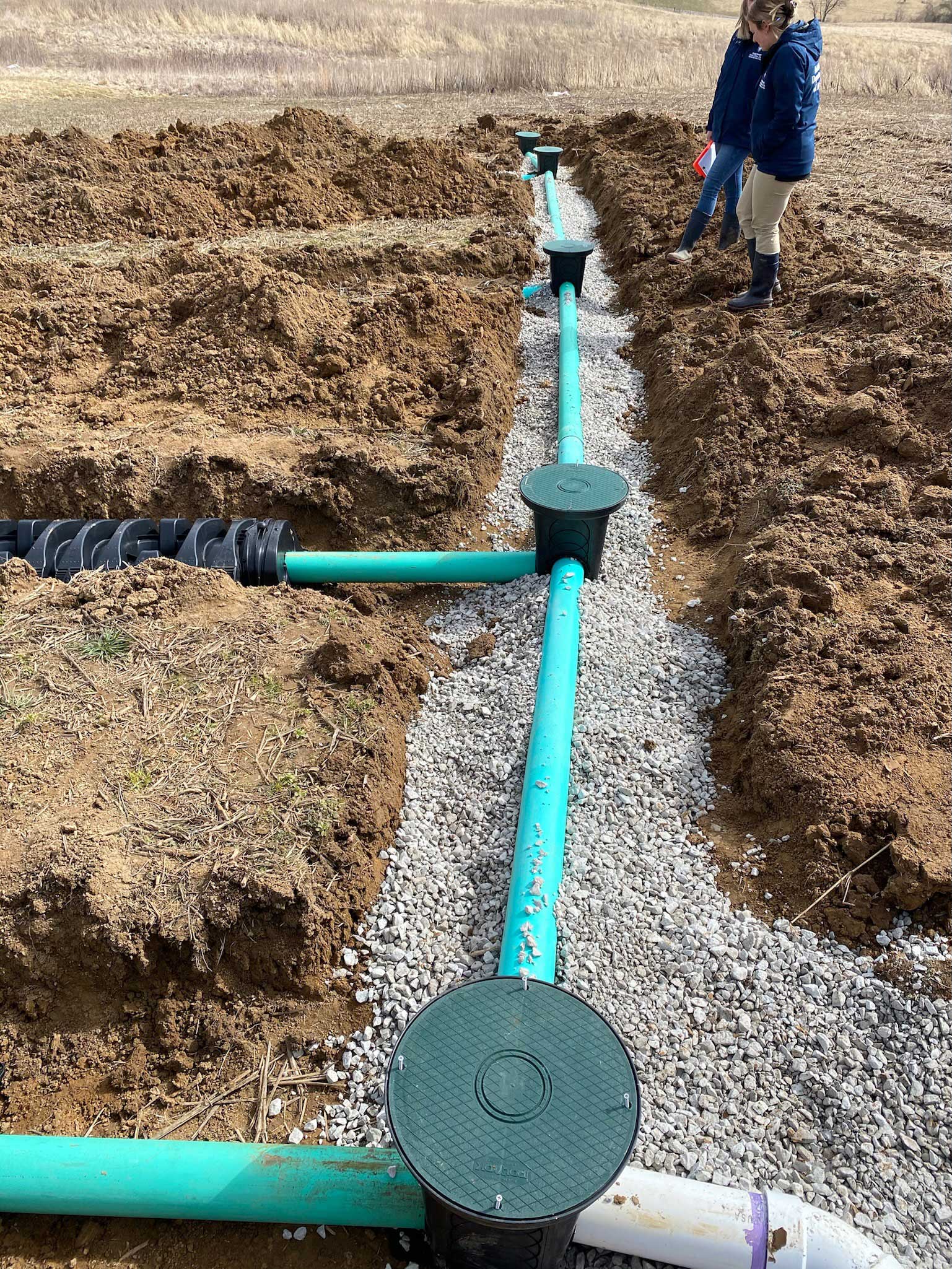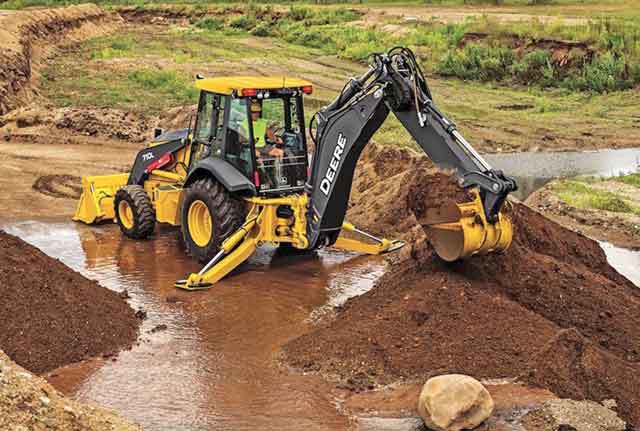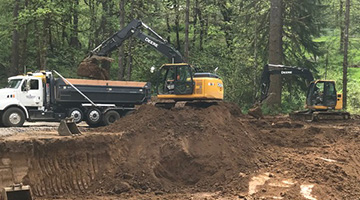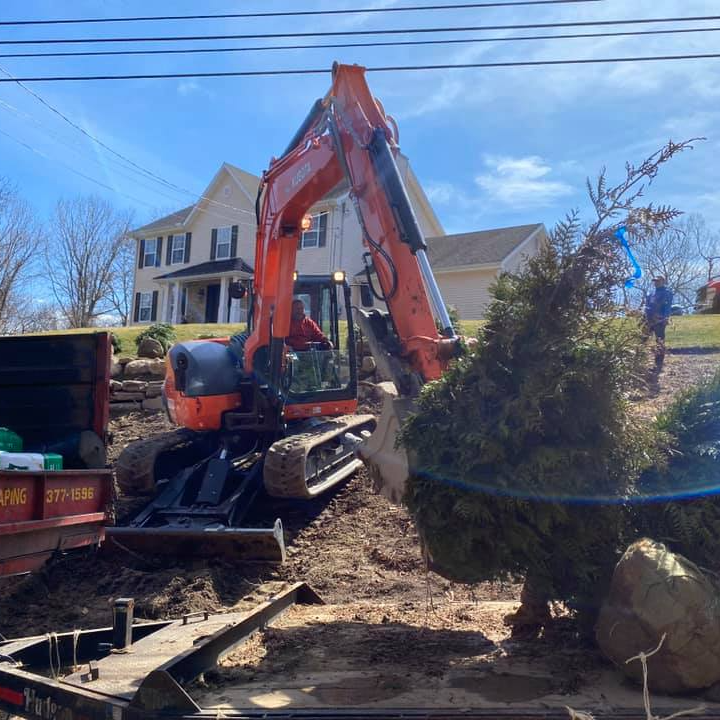Septic Ohio - Comprehensive Septic System Solutions in Ohio
Septic Ohio - Comprehensive Septic System Solutions in Ohio
Blog Article
Comprehensive Exploration: The Science Behind Superior Excavation Practices
The realm of excavation techniques is a domain name where science intertwines with workmanship to uncover the enigmas concealed beneath the earth's surface area. From ancient hand devices to modern hydraulic excavators, the development of excavation methods has actually been a testimony to human ingenuity and technological advancements. What absolutely sets exceptional excavation practices apart is a deep understanding of geological principles, paired with the application of advanced tools and methodologies. By discovering the science behind these practices, we can reveal the keys that lie below our feet and appreciate the accuracy and knowledge that go into every dig.
Evolution of Excavation Strategies
Throughout history, the evolution of excavation strategies has actually played a crucial duty ahead of time building practices and historical discoveries. From the primary devices utilized by our forefathers to the advanced machinery used in contemporary times, the development of excavation techniques has dramatically transformed just how we approach numerous jobs.
In old times, hands-on labor with fundamental devices such as wheelbarrows, pickaxes, and shovels was the primary technique of excavation. This labor-intensive procedure restricted the depth and range of excavations, frequently causing slow progression and restricted access to particular websites. As people advanced, so did the methods and devices used for excavation.
The Industrial Transformation noted a transforming factor in excavation techniques with the intro of steam-powered machinery. In modern times, modern technology plays a pivotal role in excavation, with developments like GPS systems, drones, and 3D scanning improving precision and efficiency in the field.
Role of Technology in Excavation

The assimilation of innovative innovation has basically changed the area of excavation, improving precision and performance to unmatched levels. Among the essential technological advancements that has actually substantially impacted excavation practices is the use of GPS systems. These systems allow for specific mapping of excavation websites, enabling drivers to precisely locate underground energies and frameworks. Additionally, using telematics in excavation devices has actually allowed real-time monitoring of maker performance, bring about proactive upkeep and boosted operational efficiency.
Moreover, the advent of 3D modeling and simulation software application has structured the planning process for excavation tasks. Engineers and drivers can now picture the whole excavation process before breaking ground, enhancing and determining possible obstacles operations. Together with this, the application of drones in excavation tasks has actually facilitated aerial surveys, volumetric measurements, and site examinations with unmatched speed and accuracy.
Geological Principles in Excavation
An understanding of geological concepts is crucial for ensuring the architectural integrity and stability of excavation sites. Geological elements play a critical role in determining the feasibility and safety of excavation jobs (excavating ohio). One essential geological principle to think about is the kind of soil or rock present at the website. Various dirt kinds, such as gravel, clay, or sand, have varying degrees of security and call for various excavation methods. Cohesive dirts like clay might call for additional assistance to protect against collapses, while sandy dirts might be susceptible to erosion throughout excavation.
By carrying out thorough geological surveys and evaluation, engineers and excavators can develop techniques to minimize risks and make sure the effective completion of excavation projects. Eventually, including geological principles into excavation methods is crucial for accomplishing risk-free, reliable, and lasting outcomes.

Most Current Tools for Excavation
In the realm of excavation methods, modern developments in tools have revolutionized the efficiency and precision of excavation procedures. Among the most recent devices making waves in the sector is the use of drones equipped with advanced imaging technology. These drones can provide detailed airborne studies of excavation websites, using real-time data on topography and potential hazards. This details help in much better planning and decision-making throughout the excavation procedure.
One more cutting-edge device obtaining appeal is the implementation of look at here 3D printing modern technology for creating custom-made excavation equipment. This permits the manufacturing of specialized tools that are customized to the particular needs of a job, increasing performance and decreasing downtime.
Moreover, improvements in products science have led to the growth of stronger and a lot more durable excavation devices. lancaster excavation. Tungsten carbide-tipped excavator add-ons, for example, deal remarkable efficiency in difficult ground problems, enhancing efficiency on-site
Scientific research's Effect on Excavation Practices

Additionally, scientific research study on Get More Info dirt mechanics and geotechnical design has actually provided important understandings right into dirt behavior, enabling excavation specialists to make informed decisions concerning excavation methods and dirt stablizing strategies. Overall, science proceeds to drive technology and enhancement in excavation techniques, making excavation projects much more effective, economical, and lasting.

Final Thought
To conclude, the evolution of excavation techniques has actually been substantially affected by developments in technology and a deeper understanding of geological concepts. The current tools and equipment made use of in excavation have actually enhanced efficiency and accuracy in the area. The application of clinical knowledge has actually dramatically improved excavation practices, leading to extra lasting and efficient approaches for digging deep into different kinds of products.
In the realm of excavation practices, modern technologies in devices have actually reinvented the effectiveness and precision of excavation processes. By leveraging clinical concepts, the excavation market has been able to considerably improve performance, precision, and security in check it out excavation processes. GPR allows excavation groups to non-invasively check and map subsurface structures, energies, and possible risks, enabling them to intend excavation tasks with higher precision and lowered threat of mishaps.
Additionally, clinical research study on soil auto mechanics and geotechnical engineering has actually offered valuable understandings into soil habits, allowing excavation specialists to make educated choices concerning excavation methods and dirt stabilization strategies. Generally, science proceeds to drive advancement and improvement in excavation techniques, making excavation tasks a lot more efficient, cost-efficient, and sustainable.
Report this page